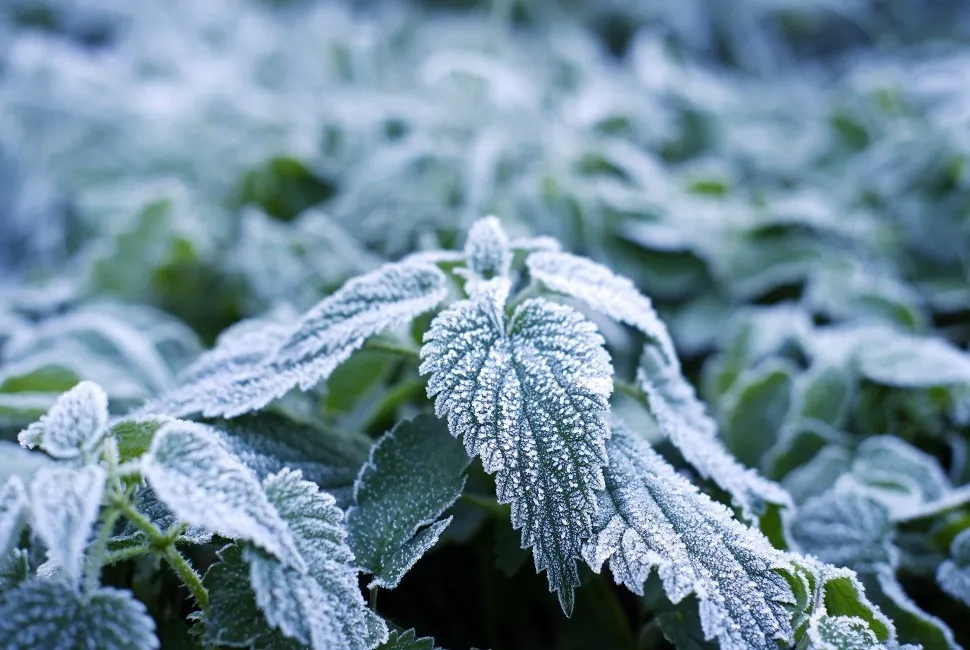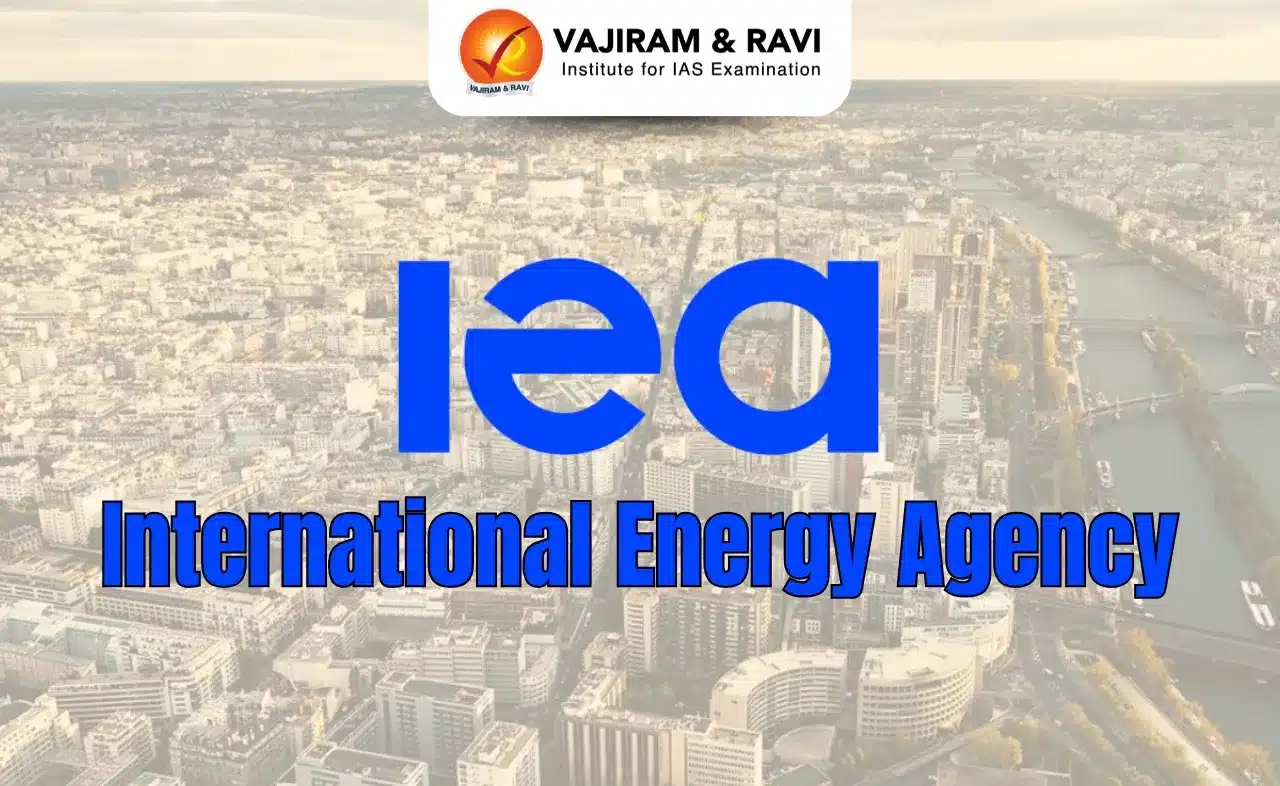About Frost:
- Frost is water vapor, or water in gas form, that becomes solid.
- Frost usually forms on objects like cars, windows, and plants that are outside in air that is saturated, or filled, with moisture.
- Areas that have a lot of fog often have heavy frosts.
- Frost forms when an outside surface cools past the dew point.
- The dew point is the point where the air gets so cold that the water vapor in the atmosphere turns into liquid. This liquid freezes.
- If it gets cold enough, little bits of ice, or frost, form.
- The ice is arranged in the form of ice crystals.
- Frost is most common in low-lying areas.
- Warm air rises, and cool air sinks—cool air is denser than warm air.
- That means there are usually more water molecules in cool air than in warm air.
- As cool air collects in valleys, frost forms.
- Frost usually forms at night, when the air temperature is cooler.
- Once the sun rises and warms the air around the frosted object, frost melts quickly.
- There are different types of frost. The most common are radiation frost (also called hoarfrost), advection frost, window frost, and rime.
- Radiation frost is frost in the form of tiny ice crystals that usually shows up on the ground or exposed objects outside. Hoarfrost also forms in refrigerators and freezers.
- Advection frost is a collection of small ice spikes. Advection frost forms when a cold wind blows over the branches of trees, poles, and other surfaces.
- Window frost forms when a glass window is exposed to cold air outside and moist air inside. Window frost is familiar to winter residents of cold climates. Indoor heat and cold outdoor temperatures form this type of frost.
- Rime is frost that forms quickly, usually in very cold, wet climates. Rime also forms in windy weather. Rime sometimes looks like solid ice. Ships traveling through cold places like the Arctic Ocean often end up with rime covering at least part of the exposed part of the ship.
Q1: What is graphene oxide?
Graphene oxide (GO) is the oxidized form of graphene. It is a single-atomic-layered material that is formed by the oxidation of graphite which is cheap and readily available. Graphene oxide is easy to process since it is dispersible in water and other solvents. Due to the oxygen in its lattice, graphene oxide is not conductive, but it can be reduced to graphene by chemical methods.
Source: Layer of graphene oxide halts frost formation on flat areas
Last updated on June, 2025
→ UPSC Notification 2025 was released on 22nd January 2025.
→ UPSC Prelims Result 2025 is out now for the CSE held on 25 May 2025.
→ UPSC Prelims Question Paper 2025 and Unofficial Prelims Answer Key 2025 are available now.
→ UPSC Calendar 2026 is released on 15th May, 2025.
→ The UPSC Vacancy 2025 were released 1129, out of which 979 were for UPSC CSE and remaining 150 are for UPSC IFoS.
→ UPSC Mains 2025 will be conducted on 22nd August 2025.
→ UPSC Prelims 2026 will be conducted on 24th May, 2026 & UPSC Mains 2026 will be conducted on 21st August 2026.
→ The UPSC Selection Process is of 3 stages-Prelims, Mains and Interview.
→ UPSC Result 2024 is released with latest UPSC Marksheet 2024. Check Now!
→ UPSC Toppers List 2024 is released now. Shakti Dubey is UPSC AIR 1 2024 Topper.
→ Also check Best IAS Coaching in Delhi
























